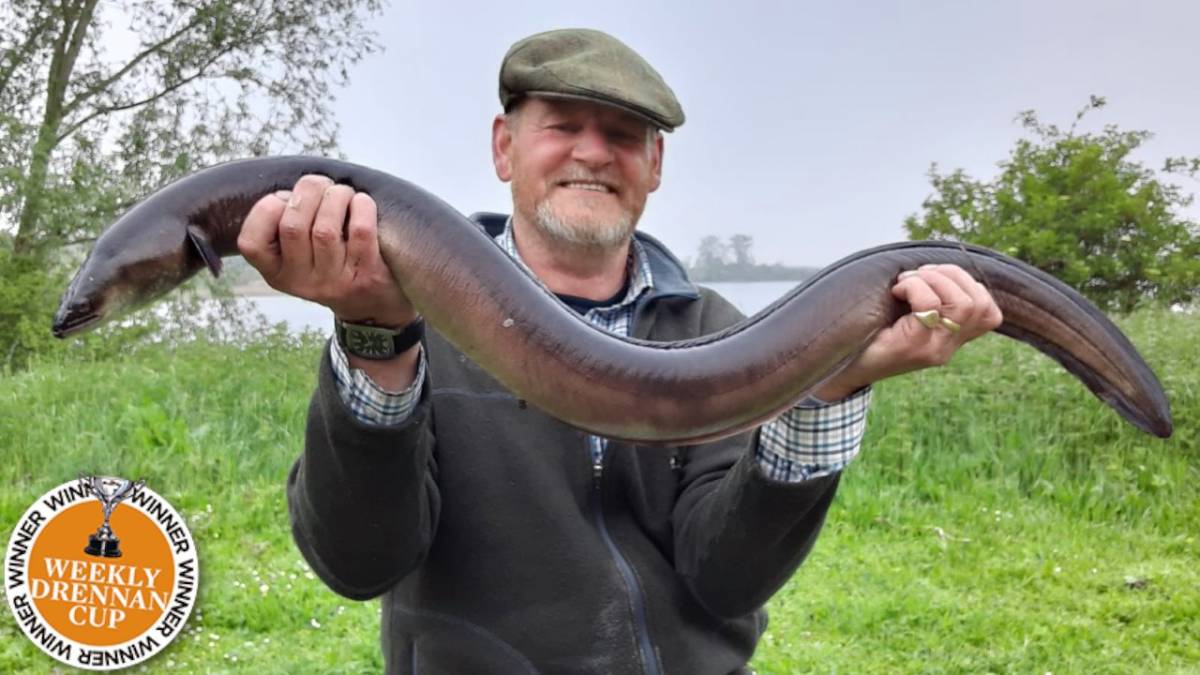
Eel ace and last year’s Drennan Cup runner up Steve Pitts has been back out on the eel hunt and was rewarded with the fine 7lb 4oz specimen on a recent session.
He told us “For me, targeting big eels is the ultimate challenge. They don’t roll on the surface and give themselves away, and when they reach specimen size, they don’t have to feed very often either. So, when one moves into your swim, you want to give yourself the best chance of a bite.
“This is the way I’ve looked at the fishing during an eel campaign on a the large stillwater over the last few seasons. I’ve fished 90 nights and had four bites, all of which resulted in eels being landed, including my most recent success where I caught an immense fish of 7lb 4oz. It’s the same water where I had the 10lb 2oz fish last season.
The problem with this venue is that presentation is a nightmare. The bottom is all over the place, and it’s very weedy, so finding an area where I can present a bait reliably is tricky to say the least. I’ve found it’s best to avoid silkweed, as it’ll mask your hookbait, so as soon as I found a promising area I decided to really make the most of it and put three rods tight on the one spot. The hope was that if an eel enters the swim, I’ve got three chances of it taking my bait. Although four bites in 90 nights may not be prolific, given the size of eels I’m catching, I’m confident my approach is working.
“There are other things I do to swing the odds in my favour. I introduce lots of molehill soil, but I pack this with fish oils, dry fishmeal, and crushed hemp. This mix has very little food content, so any eel that comes into the swim is starved of options, other than my hookbait. In addition, it’s a very active mix, with the crushed hemp and fishmeal bursting off once in the water, creating a column of feed that’ll attract little fish into the area, which in turn cause a commotion and attract the eels.
For my hookbait, I use a small Arma Mesh bag containing bits of fish. These are very small baits, and I present them on a running rig, using a short hooklink and a very heavy lead. The thinking behind this is that I’m fishing for bites, not runs, and I’m only expecting the bobbins to twitch when an eel picks up the bait. I find that if the fish is moving a light lead and running, you’ll miss lots of bites or end up with deep-hooked fish. Using this set-up, I’ll hit into them straight away, and all the fish I’ve had on this campaign have been neatly hooked in the lip. There are a few more tricks I use, but I’m not going to give any of those away!
What I will say is, don’t mess about with substandard gear. I use pike rods, 20lb mono, and don’t give the fish an inch in the fight. My recent seven-pounder gave an incredible scrap, and you have to be up to the task when playing them.”
